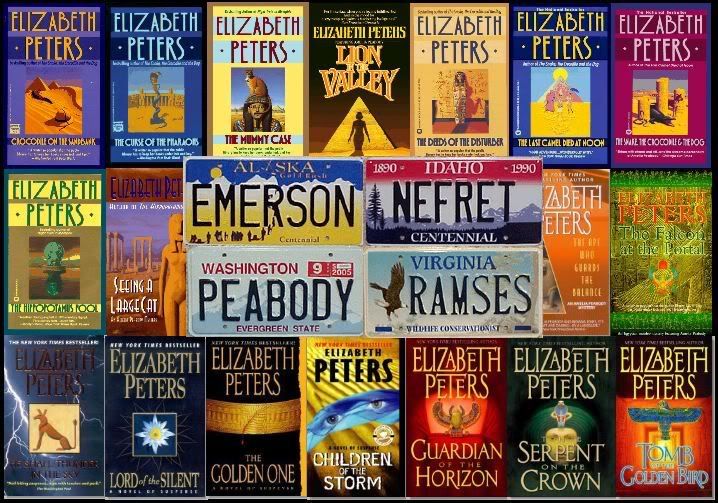
Children's Past Lives: How Past Life Memories Affect Your Child by Carol Bowman is a ground-breaking book written by one of the few people who has investigated the ability of some young children to remember past lives and look for commonalities between them. Her own reincarnation memories of dying in a Nazi gas chamber in one life and suffering from a lung disease in another surfaced in her current life as a debilitating and unexplained illness. Remembering her earlier lives freed her from her lung ailment in this life and started her on the search for answers.
One of the things she discovered is that young children move in and out of a light trance much more easily than adults. When her son experienced extreme terror at a 4th of July fireworks show, she was amazed at how easy it was for him to remember his past life in the American Civil War simply by being asked to think of the fireworks. Because of her research, she has been able to identify how a parent can distinguish when a young child is remembering a past life versus telling a creative story and most importantly, how parents can help their child by accepting their memories and using them to help the child heal from emotional wounds. The most common cause for children remembering a past life she discovered are in having experienced a difficult or unexpected death or the feeling of having unfinished business. Young children may need help understanding that the memories they have of this earlier time happened in another body and reassurance that they are in a new body with a new family and that they are safe.
This book is well-researched and documented and the stories are fascinating. I recommend this book to anyone with young children, but even though mine are grown and out of the nest, the insights are still helpful in understanding some qualities that I observed in them that did not seem to come from my parenting, but perhaps were brought with them from earlier lives.
One of the issues the author addresses is how the belief in reincarnation has been repressed by organized religions, even though there is evidence for it in scripture and its history can be traced to very ancient times throughout the world. Parents confronted with a child who talks about her other mother or how she died may have to adjust their thinking to include this new information, but most are able to do this without losing their faith. Instead, this knowledge often deepens their faith.
It's like stumbling upon a dewy spider's web, with the sun glistening on it at just the right angle. We suddenly see the intricate strands that connect us to all people and events in our lives. We realize that nothing happens by chance; coincidences suddenly have meaning. We get a glimpse of the gossamer patterns that connect all things between the inner and outer worlds. But we might have missed it if our small child hadn't pulled us by the hand and pointed it out to us.
Click on the title of this post to visit the author's website.











